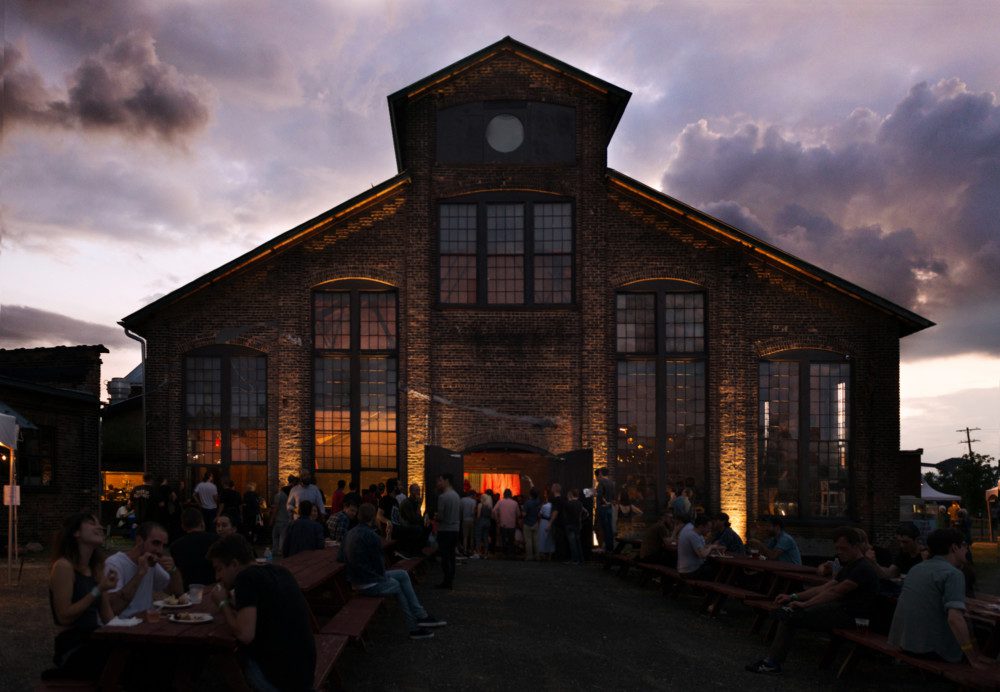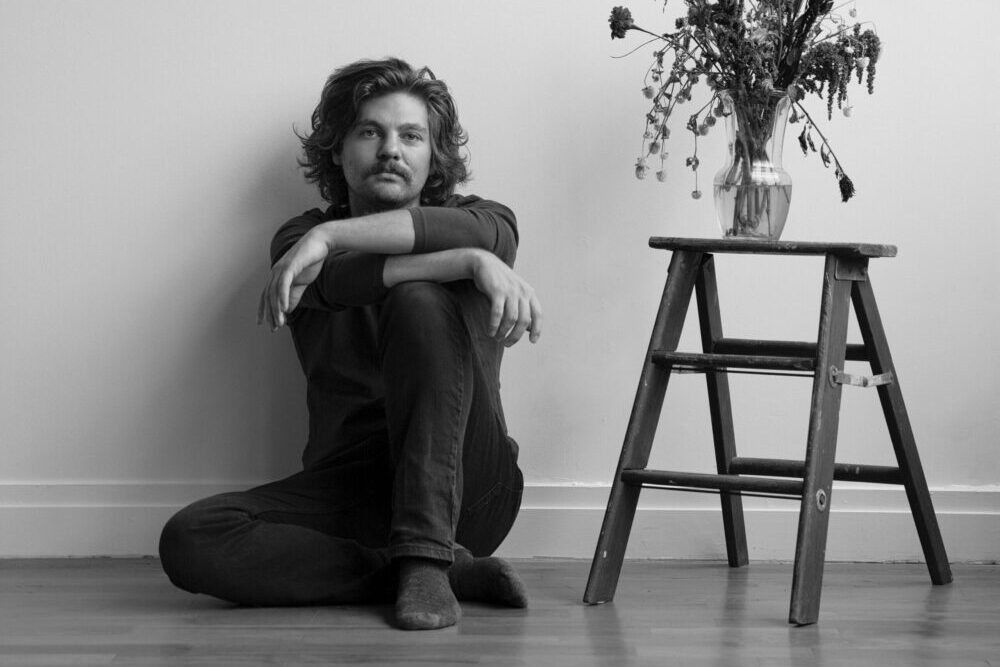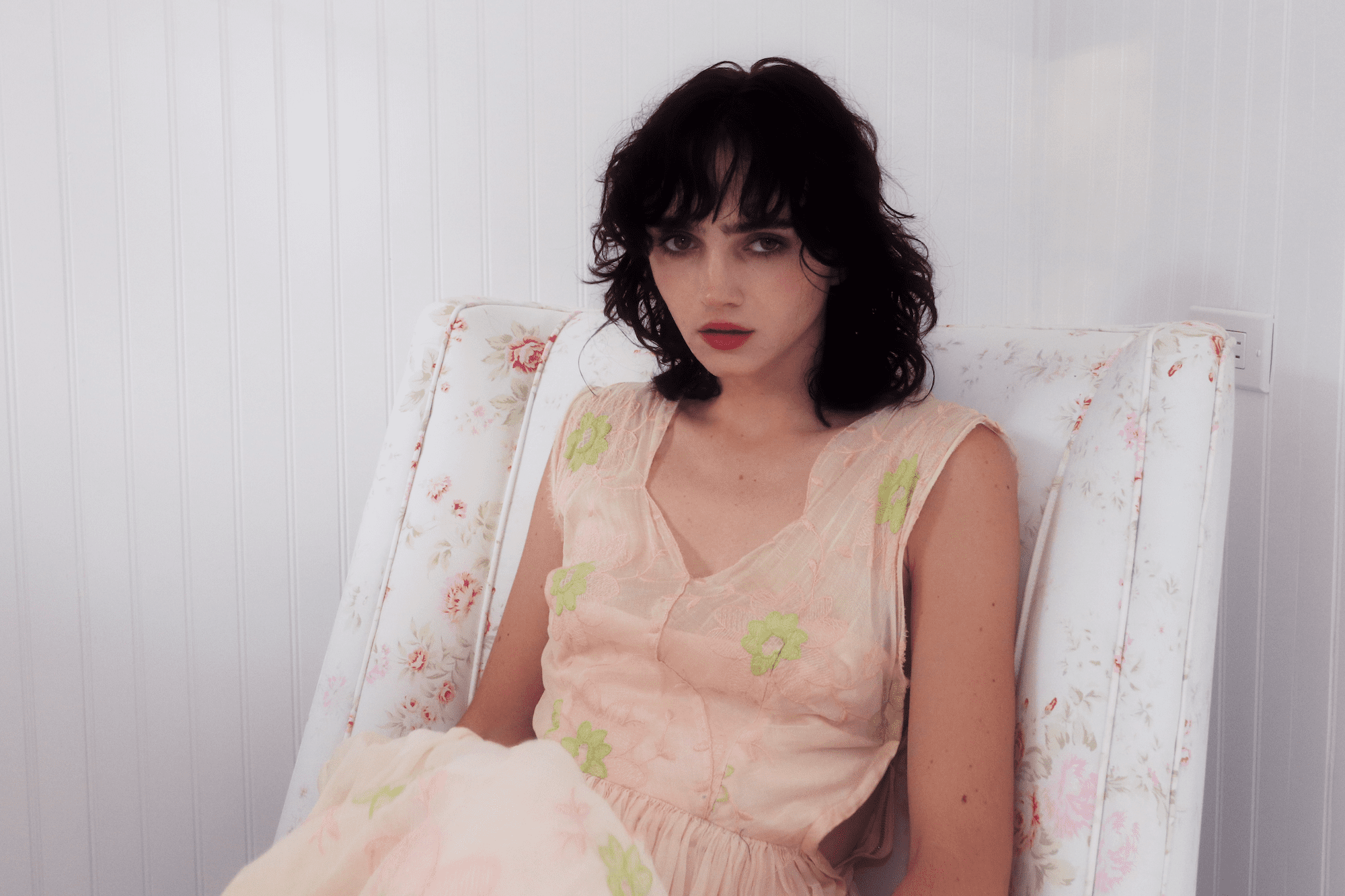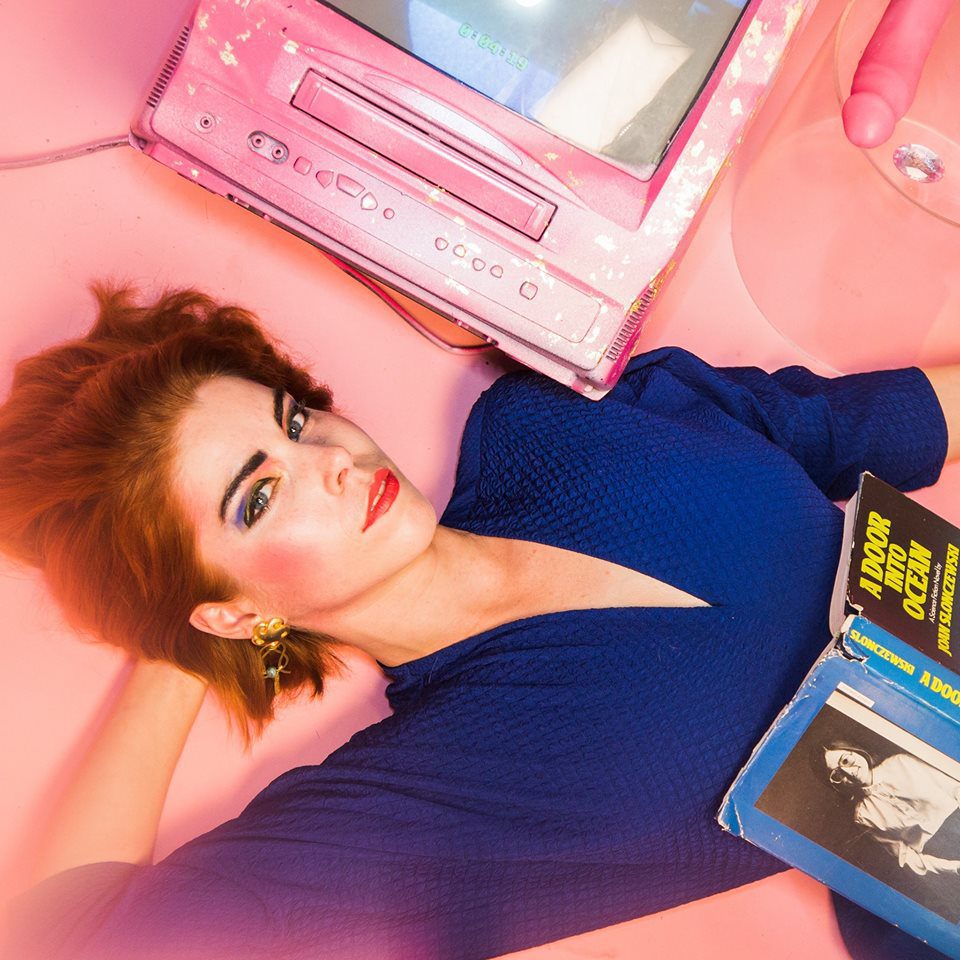
[fusion_builder_container hundred_percent=”yes” overflow=”visible”][fusion_builder_row][fusion_builder_column type=”1_1″ background_position=”left top” background_color=”” border_size=”” border_color=”” border_style=”solid” spacing=”yes” background_image=”” background_repeat=”no-repeat” padding=”” margin_top=”0px” margin_bottom=”0px” class=”” id=”” animation_type=”” animation_speed=”0.3″ animation_direction=”left” hide_on_mobile=”no” center_content=”no” min_height=”none”]
Brooklyn-based Rene Kladzyk is Ziemba, a powerhouse of creative genius and freedom. She creates powerful music, visceral music videos, and experiments with fragrances in her performance and digital releases. She aims to transcend yet accentuate the human experience and our senses. Her work is honest, inspiring, and uplifting and she realizes her creative vision by conceptualizing the symbolism in situations and life experiences.
She is a presence with a starry energy that radiates. I recently had the pleasure of experiencing her performance at Knockdown Center in Queens, a bill she shared with the Charlie Looker Ensemble and Pavo Pavo. The Charlie Looker Ensemble started the night off with an echoing intensity. Ziemba took to the stage and cleansed our pallets as two ladies fluttered throughout the audience, misting us with scents that shaped the atmosphere and guided the vibe. I felt as if it brought the audience together to the same plane of experience. Kladzyk has an intuitive stage presence and utilizes as much of the space as possible to maintain attention and flow of energy.
Her debut full-length album Hope is Never was recorded in upstate New York at Black Dirt Studios with Jason Meagher and released via Lo & Behold! Records in 2016. She accompanied the album with a multi-sensory element by pairing it with incense containing notes of cedar, lilac, and lilies of the valley picked from the overgrowth surrounding her childhood home in Forestville, Michigan, where the video for “With the Fire” was filmed.
The album is rooted in the sensations of nostalgia and melancholy. Loss, destruction, and processing death are themes in these songs. She turned me on to the music of Jerry Yester and Judy Henske with her rendition of their song “Rapture.” She beautifully and cinematically interprets this song and created for it a music video that is vivid with color and lush scenery. She said she wanted to make a video that was as fun to watch as it was to create, adding an element of hope to otherwise dismal subject matter.
Soon after, she released another 4 track EP inspired by a perspective not her own: the perspective of a cave dwelling succubus. LALA, a play on the Berber slang term for a female saint, is a representation of imperialist tensions with feminism, and archetypes of feminine empowerment through sexuality. It is the first official release from the Ardis Multiverse, a “multi-sensory imprint,” creative alliance, and synesthetic platform pioneered by Kladzyk herself.
She proves to be prolific in sonic fragrance experimentation with “A Door Into Ocean,” an ambient track released in March. It’s named after the feminist science fiction novel by Joan Slonczewski about a planet that is populated entirely by women. There is no land, just water. This track also features the LIGO chirp, which is the sound of gravitational waves as two black holes collide. Its limited edition fragrance companion is composed of sensuous waves of ylan ylang, alder wood, Texas cedar wood, and stargazer lily.
She sat down with Audiofemme over some tea and records to expound upon LALA as a concept, fragrance, and what is next in her creative journey.
What inspired you or made you realize you wanted to create a multi-sensory experience with your music?
Well, I come from a background in feminist geography, and I think that as a performer I’ve always been very attentive to space, the spatial experience of sound, and the context I foster around a song. Thinking about making work in ways that are multi-sensory is a natural extension of this interest. Why is music powerful? Because it conjures feeling, it has the power to transform space and time, or even make you feel lost in a moment. I’m interested in enhancing that transportive capacity of music, of thinking of new ways to encourage audiences to engage in the sound. That they have many entry points for how they can build a web of associations, or approach the ephemeral world of a song – that’s a guiding mission for me.
How do you utilize fragrance in your live performances?
I’ve been increasingly using fragrance in live performance, and my curiosity and excitement about it keeps growing. I recently did a performance installation with artist Soojin Chang that was centered on activating emotional responses from the use of fragrance, and my last music show in NYC at Knockdown Center involved a series of timed fragrances, misted around the audience in association with specific song worlds. I’m also an artist-in-residence with art/science organization Guerilla Science and have been creating work for their fire organ. That performance will be coming up in the fall and will involve a fragrance that is changing in direct relation to the music. Meaning that I’m building an apparatus inside of the organ so that specific frequencies will trigger specific fragrance components, and the overall experience will be one in which the fragrance is a constantly undulating, evolving experience directly connected to the transformations and undulations of the sound. It’s an exciting project, and I can’t wait to share it.
Can you explain what exactly is the Ardis Multiverse?
Well, as a human, I just love to name and compartmentalize stuff, so Ardis Multiverse is a name I put on something that is actually very abstract and amorphous. “Ardis” literally means the point of an arrow, so an ardis is a nexus point for time and space, something flying through a landscape of metaphysic and material meaning. I think about making music in this way. One time I did a performance with Colin Self where we chanted we are the meaning makers, and that makes us weapon creators. And that’s how I feel about writing music, the process of generating shared meaning; it’s a similar experience to targeting and releasing an arrow. Then the concept of a multiverse relies on a premise of multiplicity, simultaneity, and kind of our big-picture way we decide to define reality.
So Ardis Multiverse is both a name that I’ve applied to my multi-sensory releases and also a growing platform/ alliance for artists who are interested in investigating the multi-sensory, expansive possibilities for sharing their work. I’m interested in having more dialogues with artists about how we create sonic artifacts in the digital age of music. Walter Benjamin’s famous essay on art in the age of endless reproducibility talks about the loss of the “aura” in creative works, that this is a symptom of mass production. And so many musicians feel this dilemma; that the experience of buying a mp3 isn’t very romantic. I want to talk to more artists and musicians who are approaching their work like urban planners, who are thinking in terms of scale and interconnectivity across space and time. My goal is to facilitate that in performance, material objects, and whatever other ephemera happens along the way.
Have you ever experienced synesthesia? What is a favorite scent of yours that evokes a memory?
I think everyone experiences synesthesia, but the question is whether or not they are identifying that experience as such, or to what extent they experience it. And to what extent they train themselves to ignore it, and force a false distinction between sensory information. Nabokov said when he was talking about his grapheme-color synesthesia: “It’s called color hearing. Perhaps one in a thousand has that. But I’m told by psychologists that most children have it, that later they lose that aptitude when they are told by stupid parents that it’s all nonsense, an A isn’t black, a B isn’t brown.”
It’s perhaps similar to the way we distinguish thinking and feeling. We know there is a difference in the process, but they exist in concert with one another. That’s how senses interact with each other. They all work together to create context and association.
I used to work with blind people, back when I was a researcher for this lab that did tactile and soundscape mapping. And when I did that job I talked to a lot of people about perception and sight. When you interact with a blind person about the way that they conceive space, how they organize spatial information in their mind and then navigate the world accordingly, you realize how much work the brain is doing all the time just to get you from point A to point B. Senses necessarily swirl around each other when you build a mental map, and we do that constantly without considering it. It’s rote. I think synesthesia is so rote that most people take it 100% for granted.
And then when you do something that exacerbates those swirling connections between the senses, like the work I’ve been making, it’s fun and playful because it reminds people that the boxes we have put around these different parts of the human experience are totally malleable.
A favorite memory scent for me is the smell of lilacs. When I was a kid we had a lilac tree right outside of our back door, and so in the spring, I would smell that scent right when I walked outside for the first time every day. It’s such a beautiful scent, and when this time of year rolls around I get so happy to be able to smell lilacs. It’s very very nostalgic. When I made my album incense it was extremely important to me that it had lilacs in it, so much so that I had the neighbors at my childhood home updating me on the status of the lilac bloom so that I made sure to time my trip correctly and get them at the right moment. It ended up working perfectly. I started out my tour last summer with a trip to my sweet decrepit childhood home to pick flowers, and everything was in such crazy bloom I couldn’t believe it. I think picking flowers is possibly the number one most therapeutic activity for a touring musician.
[/fusion_builder_column][fusion_builder_column type=”1_1″ background_position=”left top” background_color=”” border_size=”” border_color=”” border_style=”solid” spacing=”yes” background_image=”” background_repeat=”no-repeat” padding=”” margin_top=”0px” margin_bottom=”0px” class=”” id=”” animation_type=”” animation_speed=”0.3″ animation_direction=”left” hide_on_mobile=”no” center_content=”no” min_height=”none”]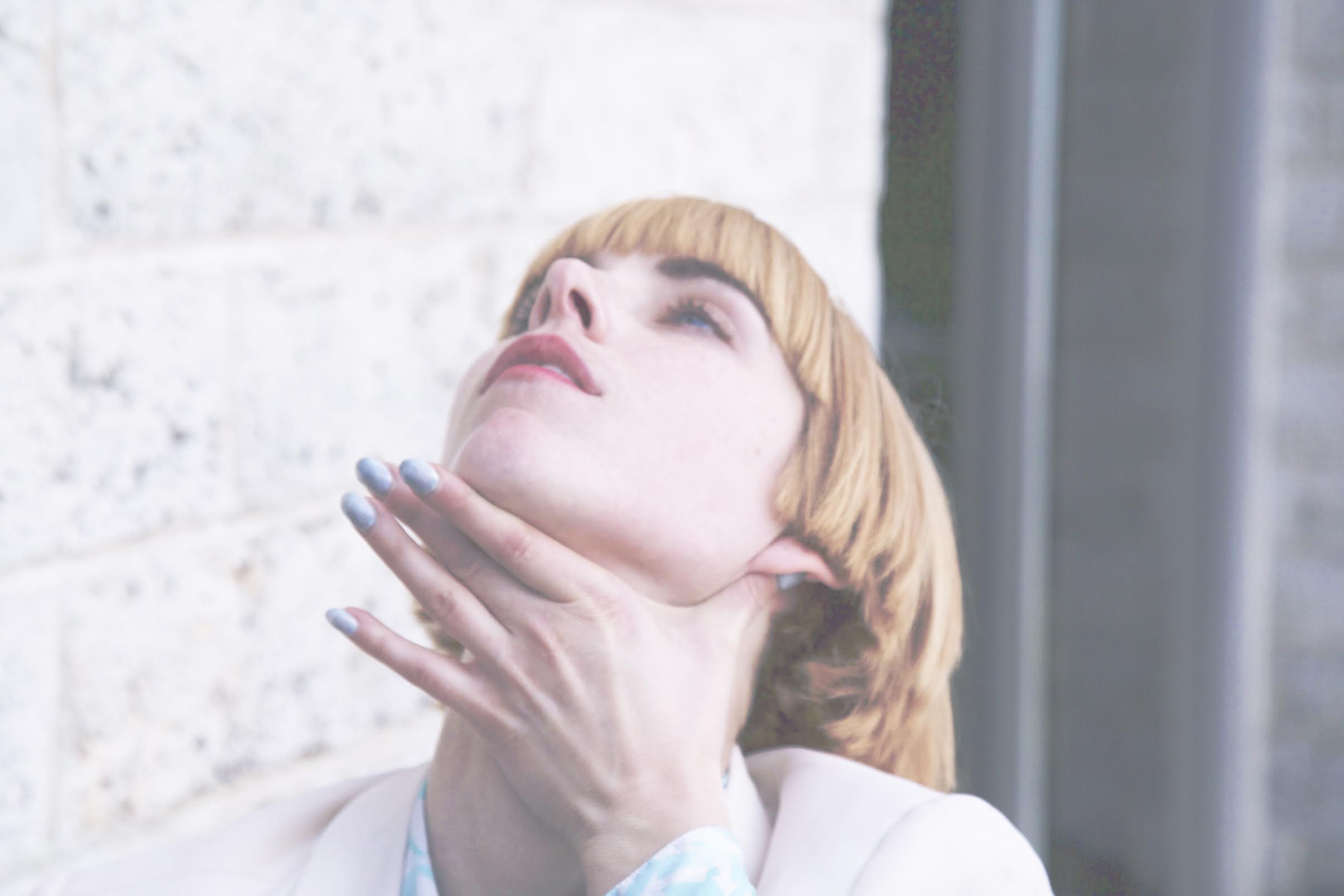
Have you always wanted to be an artist? Did you have creative outlets growing up?
No, not really. “Artist” is a label I embrace kind of reluctantly. It’s so vague, and most of the associations with it are brutal and miserable. I think I’d prefer to have a long list of specific descriptors on my epitaph, rather than “artist.” Plus the rules governing what gets to count as art are so dumb, patriarchal, and capitalistic. I’m not looking for the key into the art world, and I’d rather be a pioneer or a volcano, if not just a nice person.
But I have always expressed myself creatively, in one form or another. Even back when I would have identified myself more as a scientist. I don’t view being an artist and being a scientist all that differently. I’m working with my sister, who is a civil engineer, on the mapping component of the new Ziemba album, and that can be seen as an indication of my attitude toward what gets to count as art or science, truth or fiction.
I had a lot of creative outlets as a kid. My sister and I staged elaborate backyard plays, and I was constantly singing and making up songs. The other day I remembered this rule that my babysitter had made for me: “no singing at the table or you’ll get your ear pulled.” I started laughing so hard, because it had never occurred to me how annoying I must have been. I started playing the piano when I was around three because my sister had started lessons that year and I looked up to her so much that when she would practice I would try to emulate her. And I would say that reading has always been a massive creative outlet to me. Since I was very young I’ve been an avid reader, and tend to get pretty disassociated when I read because I become so lost in the world of that book.
How do you feel liberated or hindered living as an artist in New York?
Living in New York has been tremendously nurturing and liberating in terms of actually building a life as an artist. I know most people would probably say like the cost of living or something is a hindrance to being an artist in New York, but for me, I’ve always been broke and I wasn’t always this productive. I’m so grateful for the amazing artists who I am privileged to call my friends and to be constantly surrounded by people who inspire me and push me to dig deeper, to overflow. There is a palpable feeling of opportunity here, and it’s so encouraging.
What messages are you trying to convey in your work?
I often describe my music as a battle against nihilism, and that’s a very recurrent message you can find. I try to reveal pathways for hope and connection. I’m interested in uplifting people, in facilitating moments that can even be transcendent or ecstatic. I think it’s important that creators consider the energies they are proliferating in the world, and though I frequently explore painful subject matter, the intention is always to be helpful. I’d like the music, performances, materials that I make to all be supportive or delicious in some way. I don’t make the work for me, and I also don’t especially claim ownership over it. My goal is normally to see how radically I can set an idea free, to enable it to stand up on its own legs and do its own thing, and then I can watch it grow as this autonomous beast. I try not to get attached to outcomes, and instead cultivate feelings, to have the sensation of it be the actual thing. Bachelard describes the poetic instant as a form of vertical time because when you are experiencing a moment of profound poetry your sense of time can shift and expand. That’s what I’m after, a way to treat time like taffy and stretch out some glorious instant of connection.
What is your process for conceptualizing music videos? Do you have a videographer/team you often collaborate with?
I frequently work with my sister Anna, and my dear friend and collaborator Corey Tatarczuk on music videos. The three of us are all wackos, and normally the process for conceiving of a music video is a mixture of improvisation and brainstorming sessions. Even though the “With the Fire” video was different. The idea for that video came to me when I was driving in Arkansas, and I had to pull off the road because I got so overwhelmed with the vision of it that I couldn’t drive straight. It made me cry just to think about doing it, that it was possible.
What is your writing/recording process?
It’s all over the place. I have at least five different notebooks going at any one time and write songs in all sorts of different ways. Same goes for recording. I’ve recorded in many different configurations, in different types of studios, at home solo, you name it. Today I was recording in my bedroom and got my sister to send me an audio sample of her puppy barking, and now it’s in the chorus of my next disco hit. It’s all a big whimsy trip.
Do you have a set group of musicians you frequently collaborate with in the studio? Is it the same group in live performances?
The past couple times that I’ve gone into the studio it’s been solo, though there are some people who have a more permanent role in Ziemba. My sister is a key collaborator, and Rob Smith, who played drums on my album, is a dear friend and treasured collaborator. He plays live with me sometimes but is in several other active bands so it can be tricky to schedule. I play solo a lot and have a rotating cast of amazing musicians who have joined me on tours or for shows.
[/fusion_builder_column][fusion_builder_column type=”1_1″ background_position=”left top” background_color=”” border_size=”” border_color=”” border_style=”solid” spacing=”yes” background_image=”” background_repeat=”no-repeat” padding=”” margin_top=”0px” margin_bottom=”0px” class=”” id=”” animation_type=”” animation_speed=”0.3″ animation_direction=”left” hide_on_mobile=”no” center_content=”no” min_height=”none”]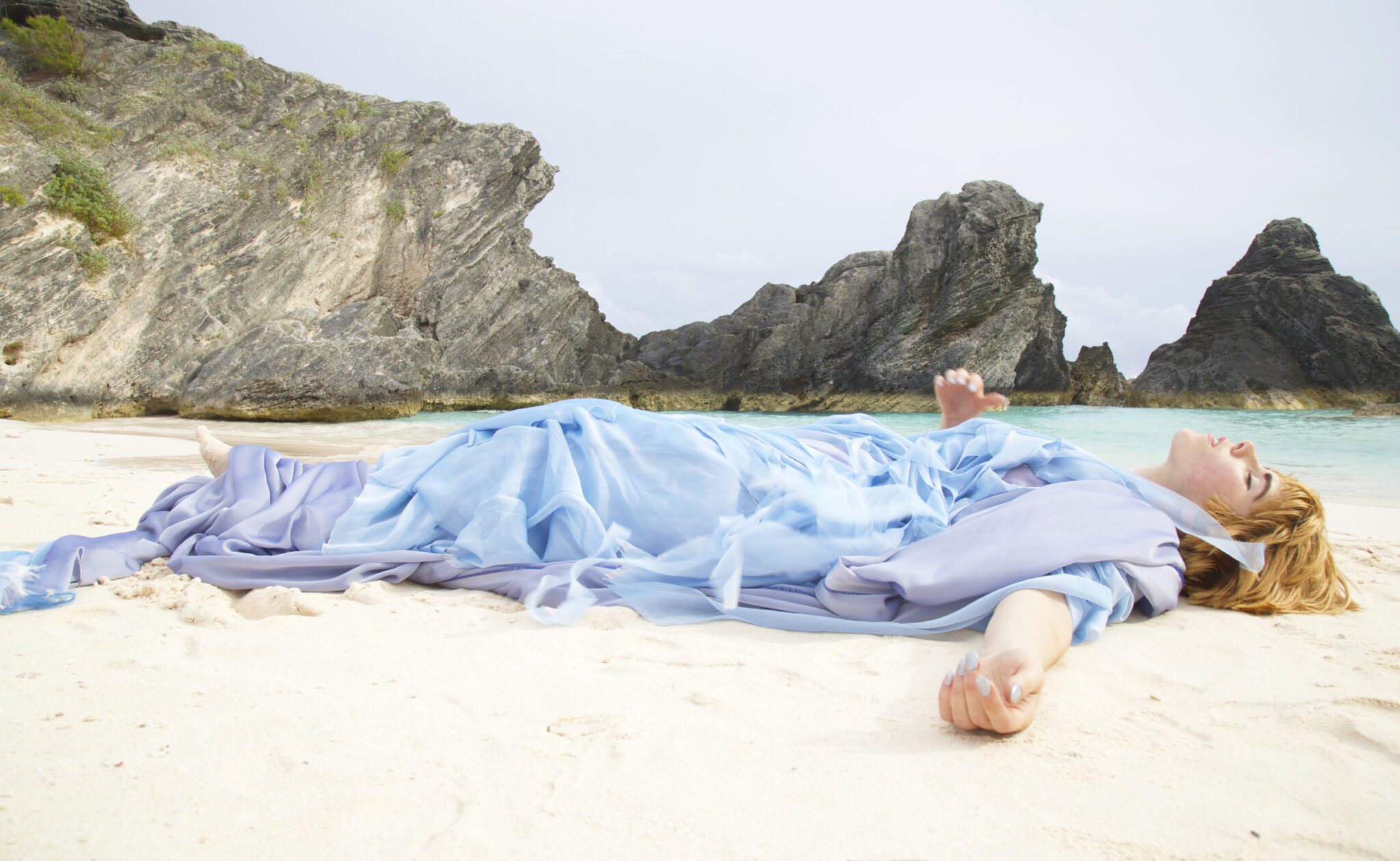
How did LALA manifest and make herself known to you?
I wrote the songs unintentionally from someone’s perspective that was not my perspective. Several years ago I went to Morocco for an artist residency and I first became acquainted with a hero cult figure named Aisha Kandisha. Some people say that she once lived in the time of the colonizers and would lure the colonizers away from their encampments with her beauty and murder them. For others, she is purely a spirit, and appears to men as a beautiful naked woman with camel feet.
For women, it’s a blessing if you’re possessed by her because she is this source of empowerment through sexuality. If a man is possessed by her he can never love another woman. I met a lot of men in Morocco who were married to the spirit of Aisha Kandisha. I found her fascinating and I was at her pilgrimage site, which I didn’t know beforehand. I knew I was going to a pilgrimage site to witness these ceremonies because I was interested in gnawa and djalali music, which is associated with the ceremonies that happened there.
A couple of years later I took a seminar on decadence and symbolism in fin de siecle literature. I encountered the book SHE by H. Rider Haggard that was a major hit in the late 1800’s. It’s about this character that is exactly like Aisha Kandisha. It’s a very much an imperialist western European fantasy of the exotic woman. She is this spirit that dwells in caves and she is a curse for men and her powers are located in her sexuality. I got very fixated on this figure and the archetype of the femme fatale and sexuality as a form of currency. All of the issues that it’s dealing with are not gone. We don’t know how to deal with women using sexuality as a form of power and feminists don’t know how to.
What is in LALA‘s fragrance? How does it enhance the experience?
I’m in a process of discovery with making fragrances. The way that I’m approaching it is not scientific. It’s much more intuitive. I wanted those songs to have a fragrance as a form of psychic energetic protection so that it could just be a positive experience.There are a number of reasons that I chose particular elements to include, including the color of the materials. I read about color associations that are symbolic and helpful. But it’s not a purely uplifting incense. It’s actually kind of a hard fragrance in some ways, kind of sickly sweet but also kind of metallic or alien. It’s not a fragrance I would burn on a date.
Can you talk a little bit about your upcoming album?
The album is called ARDIS which is connected to the Ardis Multiverse. It’s a parallel universe. It’s like earth if the necessary changes were made. It’s inspired by feminist science fiction. I’m working on a mapping project with my sister, meaning we are building a world from faux GPS data and bringing other artists in as well. I’m reluctant to get too specific because we are still testing out different things. But I will let you know, if you knew where to look you could access the recent release, “A Door into Ocean” through a specific point on the ocean floor on Google Earth. There are going to be a lot of portals on earth to access ARDIS. This next album is very much political commentary but the way it’s manifesting for me is trying to make something that’s very joyous and uplifting.[/fusion_builder_column][/fusion_builder_row][/fusion_builder_container]

